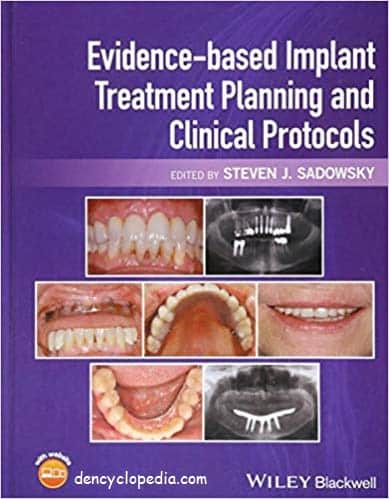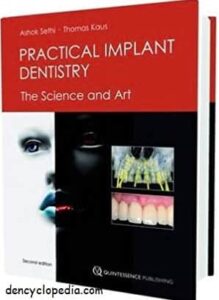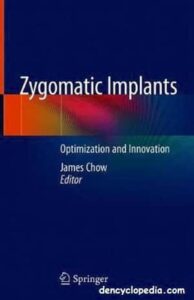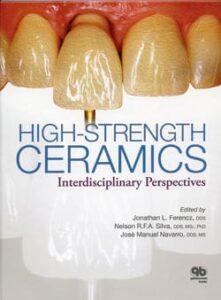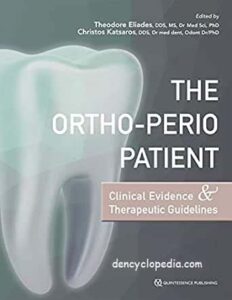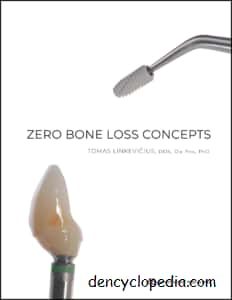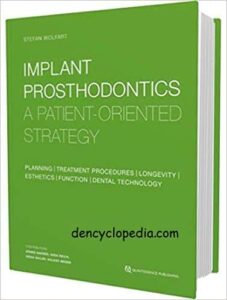Author : Steven J. Sadowsky
Edition : 1st Edition
Download PDF Evidence‐based Implant Treatment Planning and Clinical Protocols

Per‐Ingvar Branemark was the primary scientist to report that a commercially pure titanium cylinder seemed to fuse to animal bone in his laboratory research; and it catalyzed his concept of osseointegration. His subsequent studies led to the 1982 Toronto Conference on Osseointegration in Clinical Dentistry, where compelling evidence of its efficacy and effectiveness introduced a replacement treatment landscape of prosthodontic patient care.
The technique of osseointegration introduced a secure and predictable system of implant therapy whose positive, evidencebased assessments and outcomes are undeniable. Thirty years later, dentists could also be quick to extract natural teeth and replace them with implants in situations where the natural teeth’s state is questionable. That said, no technology may be a panacea. It’s worth tempering the optimism surrounding implants with an investigation of their shortcomings, that permits us to know the circumstances where they’re best used and presumably to supply the best benefit.
Let’s examine the evidence. Dental implants might not last longer than natural teeth. Levin and Halperiin‐Sternfeld have shown that implant survival rates don’t exceed those of compromised, but adequately treated and maintained teeth.1 We conclude, therefore, that the choice to extract a tooth and place a implant requires careful consideration, which this doesn’t always occur when it should.
